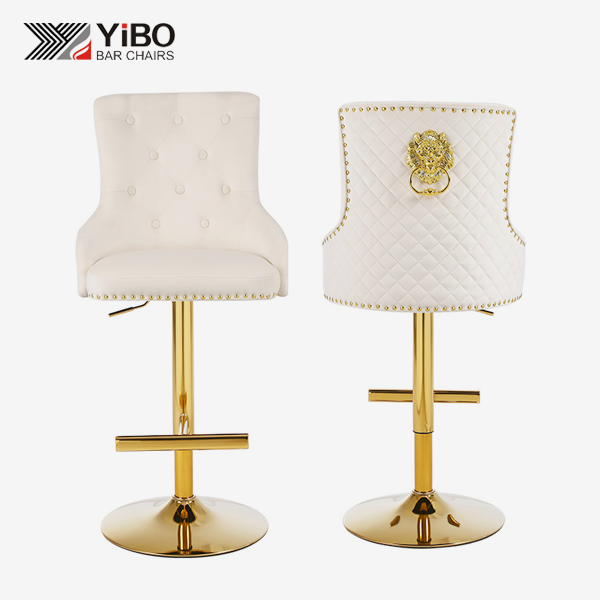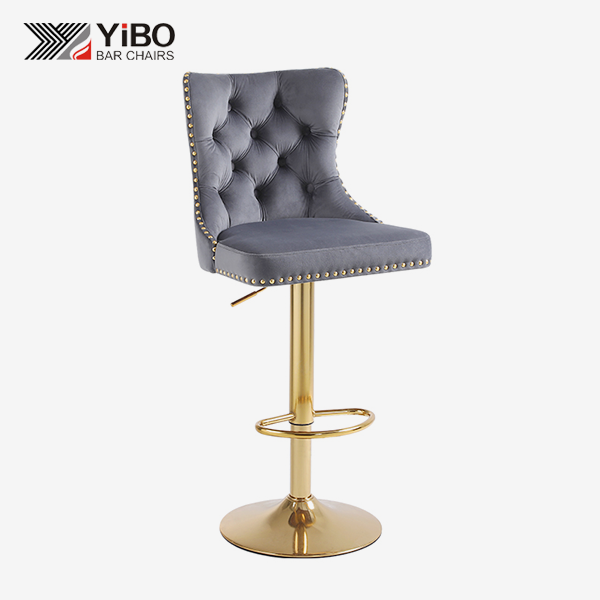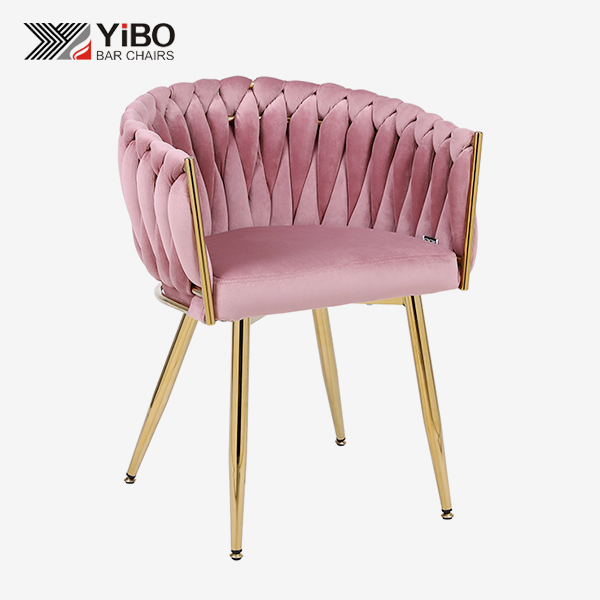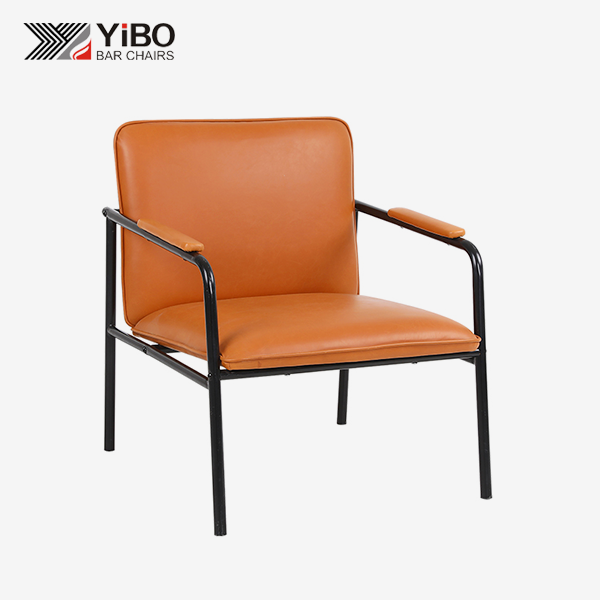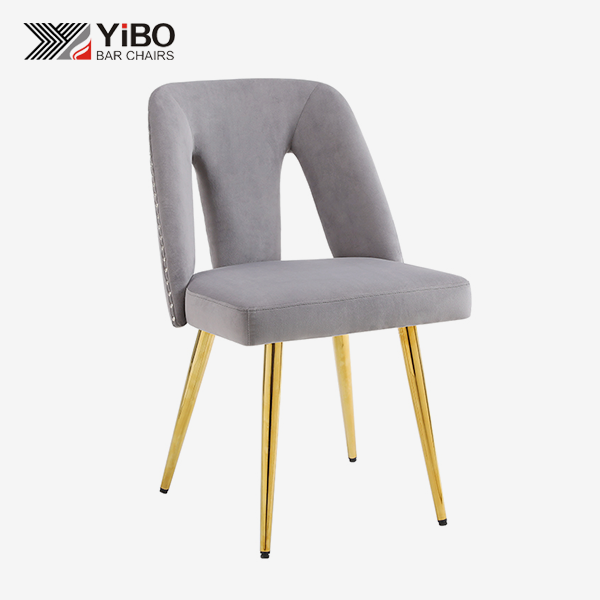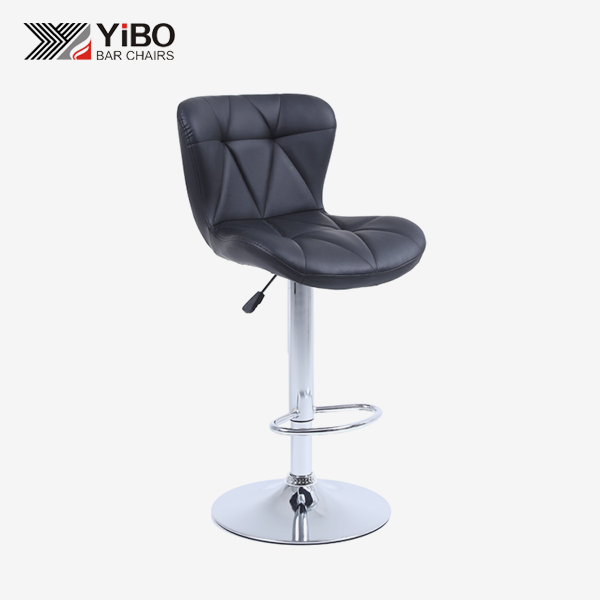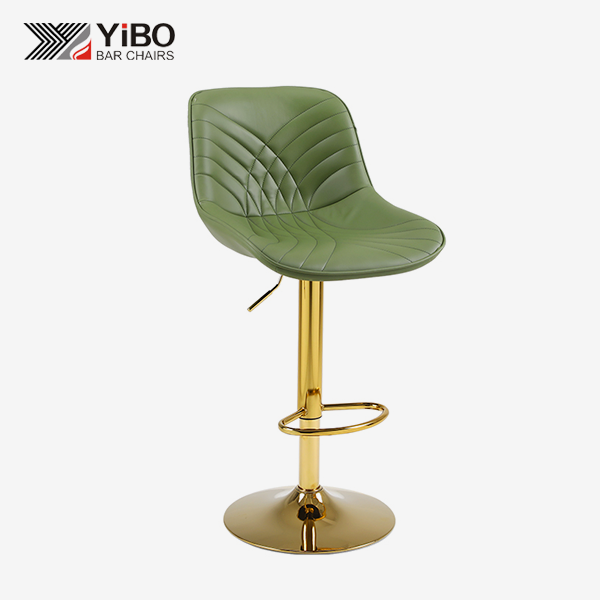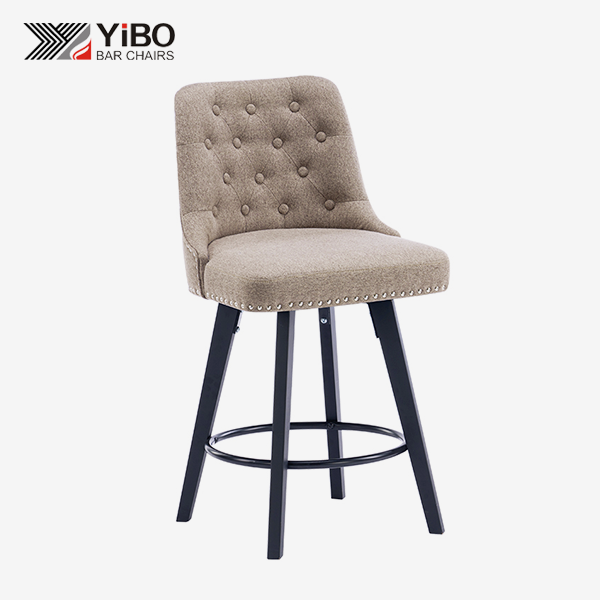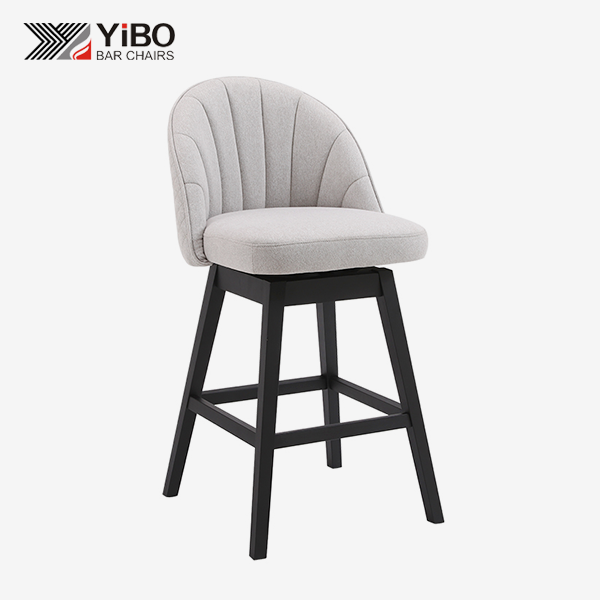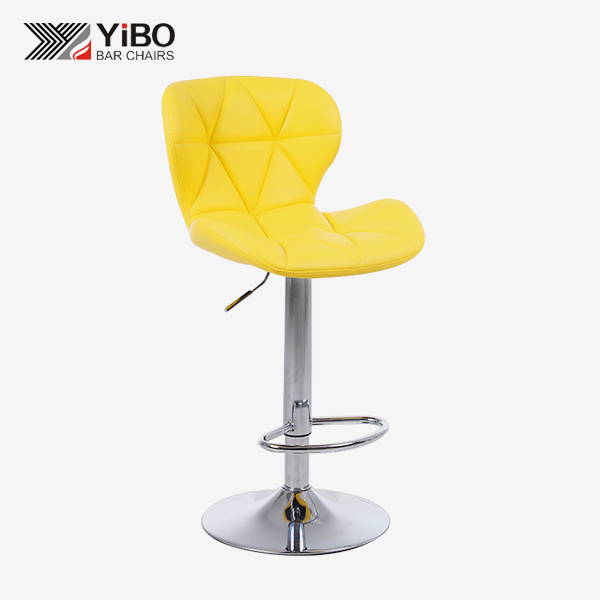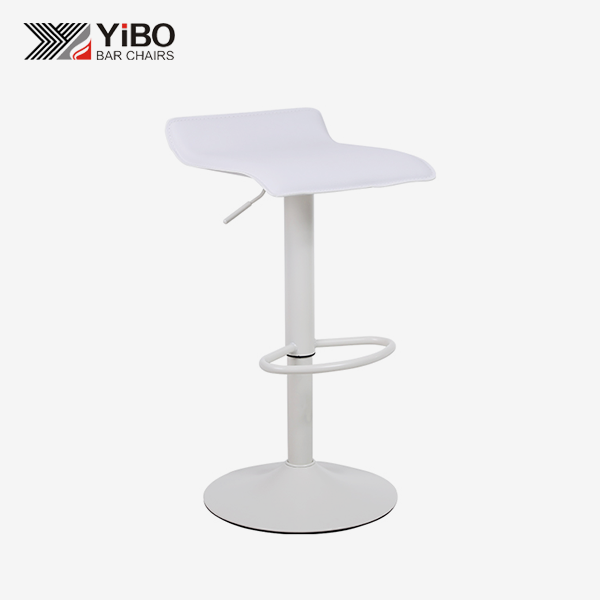How to Clean Leather Bar Stools?
Maintaining the pristine condition of leather bar stools requires proper cleaning techniques and regular care to preserve their elegance and functionality. Whether you own high chairs counter bar stools in your home bar area or operate a commercial establishment with premium seating, understanding the correct cleaning methods is essential for extending their lifespan and maintaining their luxurious appearance. Leather furniture, particularly bar stools that experience frequent use and potential spills, demands specific attention to prevent cracking, fading, and deterioration. This comprehensive guide will walk you through professional cleaning techniques, maintenance strategies, and product comparisons to ensure your leather bar stools remain in excellent condition for years to come.
Essential Cleaning Techniques for Different Leather Types
Understanding Leather Grades and Their Cleaning Requirements
The cleaning approach for your leather bar stool significantly depends on the type of leather used in its construction. Top-grain leather, which represents the highest quality option, features natural grain patterns and requires gentle cleaning methods to preserve its inherent characteristics. This premium leather type, commonly found in high-end establishments, develops a beautiful patina over time when properly maintained. The cleaning process involves using pH-balanced leather cleaners specifically formulated for top-grain surfaces, followed by conditioning treatments that penetrate the leather fibers to maintain flexibility and prevent cracking. Full-grain leather bar stools, representing the most durable option, can withstand more rigorous cleaning but still require careful attention to preserve their natural oils and texture.
Corrected-grain leather presents different challenges, as its surface treatment creates a more uniform appearance but may be more susceptible to chemical damage from harsh cleaners. When cleaning corrected-grain leather bar stool surfaces, it's crucial to test any cleaning product on an inconspicuous area first to ensure compatibility. The foam padding beneath the leather cover plays a vital role in the overall cleaning process, as moisture penetration can lead to mold growth and structural damage. Professional cleaning techniques emphasize the importance of using minimal moisture while ensuring thorough cleaning, particularly around high-contact areas like armrests and seat edges where oils and dirt accumulate most readily.

Daily Maintenance and Spot Cleaning Procedures
Establishing a daily maintenance routine for your leather bar stool prevents the accumulation of dirt and oils that can permanently damage the leather surface. The process begins with dusting using microfiber cloths that capture particles without scratching the leather surface. Regular inspection of seams and crevices helps identify potential problem areas before they require intensive cleaning intervention. When spills occur, immediate attention prevents staining and penetration into the leather fibers. The key principle involves blotting rather than rubbing, which can spread the spill or force it deeper into the material.
Professional spot cleaning techniques involve using leather-specific cleaners that maintain the material's pH balance while effectively removing contaminants. The application process requires working in small sections, applying the cleaner with a soft cloth in circular motions, and immediately removing excess product to prevent residue buildup. Temperature control during cleaning is crucial, as excessive heat can cause leather to crack while extreme cold can make it brittle. The leather cover easy to clean feature mentioned in many modern bar stools refers to protective treatments applied during manufacturing, but these treatments require specific maintenance protocols to remain effective over time.
Deep Cleaning and Restoration Methods
Comprehensive deep cleaning of leather bar stool surfaces involves multi-step processes that restore both appearance and structural integrity. The procedure begins with thorough vacuuming using brush attachments to remove embedded dirt from grain patterns and seams. Professional-grade leather cleaners penetrate surface-level contamination while conditioning agents restore natural oils lost through normal use and environmental exposure. The application technique requires systematic coverage of all surfaces, paying particular attention to areas experiencing the highest wear patterns.
Restoration methods for heavily soiled or damaged leather involve specialized products that can address specific issues like ink stains, water marks, or color fading. The process often requires multiple treatment cycles, allowing sufficient drying time between applications to prevent moisture damage to the foam padding beneath. Quality assurance sturdy and durable construction in professional leather bar stools often incorporates protective barriers between the leather surface and internal components, facilitating more aggressive cleaning when necessary without compromising structural integrity. The seat can be rotated 360 degrees feature in many modern designs allows access to all surfaces during comprehensive cleaning procedures, ensuring no area remains untreated.
Product Selection and Material Compatibility
Commercial vs. Household Cleaning Products
The selection of appropriate cleaning products for leather bar stool maintenance requires understanding the differences between commercial-grade and household formulations. Commercial products typically offer higher concentration levels and specialized formulations designed for frequent use environments like restaurants and bars. These professional cleaners often include additional protective agents that extend the time between deep cleaning cycles while maintaining surface appearance. The pH balance in commercial leather cleaners is precisely calibrated to work with various leather types without causing damage or discoloration over extended use periods.
Household cleaning products present both advantages and limitations for leather bar stool care. Consumer-grade cleaners are readily available and cost-effective for occasional use, but their formulations may not provide the same level of protection or cleaning efficiency as professional alternatives. The key consideration involves matching product strength to usage frequency and soil levels. High-traffic environments require more robust cleaning solutions, while residential applications may benefit from gentler formulations that prioritize leather preservation over aggressive cleaning action. Understanding label information and ingredient compatibility helps avoid products containing harsh chemicals that can damage leather surfaces or compromise the foam padding integrity.
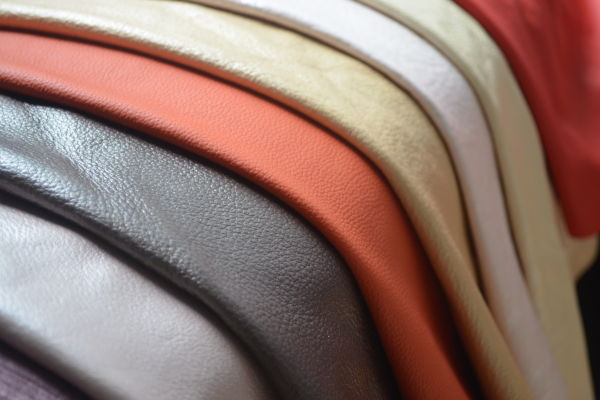
Conditioning Agents and Protective Treatments
Leather conditioning represents a critical component of comprehensive bar stool maintenance, as it restores natural oils and maintains material flexibility. Professional conditioning agents penetrate leather fibers to prevent cracking and maintain the supple texture that characterizes quality leather furniture. The application frequency depends on environmental conditions, with dry climates and heated indoor spaces requiring more frequent treatment cycles. Modern conditioning formulations often include UV protection to prevent fading and discoloration from sunlight exposure, particularly important for bar areas with windows or outdoor seating arrangements.
Protective treatment selection requires consideration of both immediate and long-term effects on leather appearance and durability. Silicone-based protectants provide excellent water resistance but may interfere with future conditioning treatments or repairs. Natural wax-based protectants offer superior penetration and compatibility with leather fibers while providing moderate protection against spills and stains. The easy to install feature of modern leather bar stools often incorporates pre-treated surfaces that require compatible maintenance products to preserve manufacturer warranties and performance characteristics. Regular application of appropriate protective treatments significantly extends the service life of leather bar stool investments while maintaining their aesthetic appeal.
Environmental Considerations and Eco-Friendly Options
Environmental consciousness in cleaning product selection addresses both immediate health concerns and long-term sustainability goals. Eco-friendly leather cleaners utilize plant-based surfactants and biodegradable formulations that effectively clean without introducing harmful chemicals into indoor environments. These products prove particularly important in food service environments where chemical residues could pose health risks. The cleaning effectiveness of environmentally responsible products has improved significantly, offering performance comparable to traditional chemical cleaners while supporting sustainability initiatives.
Indoor air quality considerations make eco-friendly cleaning products especially valuable for leather bar stool maintenance in enclosed spaces. Traditional cleaners may release volatile organic compounds that contribute to poor indoor air quality and potential health issues for occupants. Green cleaning alternatives minimize these concerns while maintaining the cleaning efficacy required for commercial and residential applications. The leather bar stool construction materials, including foam padding and frame components, may also benefit from reduced chemical exposure that could cause degradation over time. Selecting products with minimal environmental impact supports broader sustainability goals while ensuring effective cleaning and maintenance of leather furniture investments.
Advanced Care Strategies and Professional Techniques
Preventive Maintenance Programs
Implementing systematic preventive maintenance programs for leather bar stool care involves establishing regular inspection and treatment schedules that address potential problems before they require expensive restoration procedures. Professional maintenance protocols typically include weekly visual inspections, monthly basic cleaning cycles, and quarterly comprehensive treatment applications. The inspection process focuses on identifying early signs of wear, such as color changes, surface texture alterations, or structural stress indicators that could compromise long-term durability. Documentation of maintenance activities helps track treatment effectiveness and optimize cleaning frequencies for specific environmental conditions.
Advanced preventive strategies incorporate environmental monitoring to adjust maintenance schedules based on humidity, temperature, and usage patterns. High-humidity environments require more frequent mold and mildew prevention treatments, while dry conditions necessitate increased conditioning frequency to prevent cracking. The quality assurance sturdy and durable design features of professional leather bar stools support intensive maintenance programs by providing access points for thorough cleaning and treatment application. Preventive maintenance investment significantly reduces long-term replacement costs while maintaining the professional appearance required in commercial environments.
Professional Restoration Services
Professional restoration services offer specialized expertise for addressing severe damage or wear patterns that exceed the scope of routine maintenance procedures. These services typically include comprehensive assessment of leather condition, identification of appropriate restoration techniques, and application of professional-grade treatments not available to consumers. The restoration process often involves color matching, texture restoration, and structural repairs that require specialized equipment and expertise. Professional technicians understand the interaction between different leather types and treatment products, ensuring compatibility and optimal results.
The decision to pursue professional restoration versus replacement involves cost-benefit analysis considering the original investment, current condition, and expected service life extension. High-quality leather bar stools with solid construction often justify professional restoration investment, particularly when considering the cost of replacement furniture and potential business disruption during changeover periods. The foam padding replacement may be included in comprehensive restoration services, addressing both aesthetic and comfort concerns simultaneously. Professional restoration can often achieve results that extend furniture service life by several years while maintaining appearance standards required in commercial environments.

Technology Integration and Smart Maintenance
Modern technology integration offers new approaches to leather bar stool maintenance through monitoring systems and smart cleaning protocols. Digital maintenance tracking systems help optimize cleaning schedules based on actual usage patterns rather than arbitrary time intervals. These systems can monitor environmental conditions and alert facility managers when conditions require immediate attention or schedule adjustments. Smart cleaning protocols utilize data analysis to identify the most effective products and techniques for specific environments and usage patterns.
Automated reminders and scheduling systems ensure consistent maintenance application while reducing the likelihood of oversight or postponement. The seat can be rotated 360 degrees functionality in modern bar stools facilitates systematic cleaning by providing full access to all surfaces during maintenance procedures. Technology integration also supports quality control through photographic documentation of maintenance procedures and results, enabling continuous improvement of cleaning protocols. The combination of traditional leather care expertise with modern technology tools creates comprehensive maintenance programs that maximize furniture investment returns while ensuring consistent appearance and performance standards.
Conclusion
Proper maintenance of leather bar stools requires understanding cleaning techniques, appropriate product selection, and consistent care routines that preserve both appearance and structural integrity. The comprehensive approach outlined in this guide addresses immediate cleaning needs while establishing preventive strategies that extend furniture service life and maintain professional appearance standards. Regular attention to cleaning requirements, combined with appropriate conditioning and protective treatments, ensures leather bar stools continue providing comfortable, attractive seating for years of reliable service.
When seeking reliable leather furniture solutions, Anji Yibo Furniture Co., Ltd. stands as your trusted China leather bar stool factory with 14 years of specialized experience in ergonomic seating design and manufacturing. As a leading China leather bar stool supplier, we combine excellent quality with competitive pricing to serve international markets effectively. Our position as an established China leather bar stool manufacturer enables us to offer comprehensive OEM and ODM services backed by professional R&D and sampling teams. Whether you require China leather bar stool wholesale quantities or individual pieces, our extensive product range includes premium leather bar stool for sale options designed for durability and comfort. Contact us today for competitive leather bar stool price quotes and experience our commitment to 24-hour customer service response times. Reach out to us at yb@ajyibo.com to discuss your specific requirements and discover why businesses worldwide trust our expertise for their leather furniture needs.
References
1. "Leather Furniture Care and Maintenance Guidelines" - Johnson, Michael R., International Leather Association Professional Standards Manual
2. "Commercial Furniture Cleaning Protocols for Hospitality Industry" - Smith, Patricia L., Facility Management Research Institute
3. "Environmental Impact of Cleaning Products in Commercial Settings" - Brown, David A., Journal of Sustainable Business Practices
4. "Leather Treatment Technologies and Material Science Applications" - Wilson, Sarah K., Materials Engineering Quarterly Review



